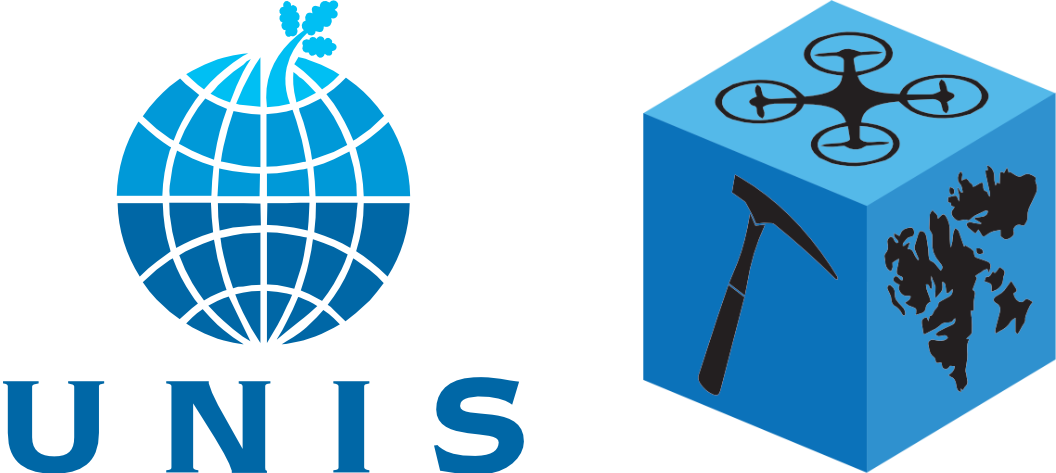There are some resources that we geologists working on Svalbard use almost daily – and as such we would like to share these with the community.
We upload Svalbox models to Zenodo approximately twice a year – in the meantime freshly processed digital outcrop models are available for viewing via the Sketchfab Svalbox account: https://sketchfab.com/svalbox
The Norwegian Polar Institute is in charge of the geological mapping of Svalbard. The digital maps are (together with Svalbox digital outcrop models, selected cross-sections and sample locations) provided on the Geokart webviewer: https://geokart.npolar.no/geologi/GeoSvalbard/#6/77.993/16.925
The Norwegian Polar Institute is also in charge of the topographic mapping of Svalbard. TopoSvalbard is an online resource with topographic maps, satellite imagery, historical oblique imagery (from 1936) and various other geospatial data sets: https://toposvalbard.npolar.no/
The Svalbardkartet portal integrates topographic, geologic and societal geospatial data from Svalbard: https://geokart.npolar.no/Html5Viewer/index.html?viewer=Svalbardkartet
The data presented in Geokart, TopoSvalbard and Svalbardkartet is largely available for download from: https://geodata.npolar.no/
A web-based 3D map of Svalbard (and the rest of Norway) is generated from the terrain model overlain by satellite imagery – start exploring from the Longyearbyen area! Visit the Kommunekart in 3D here.
The Norwegian Offshore Directorate has no jurisdiction onshore Svalbard but compiles all of the subsurface (boreholes, seismic etc.) data from the Norwegian Continental Shelf. As many of the outcrops on Svalbard can be correlated to units drilled in the south-western Barents Shelf the online FactMap and associated direct links to FactPages is worth exploring: https://factmaps.sodir.no/factmaps/3_0/
